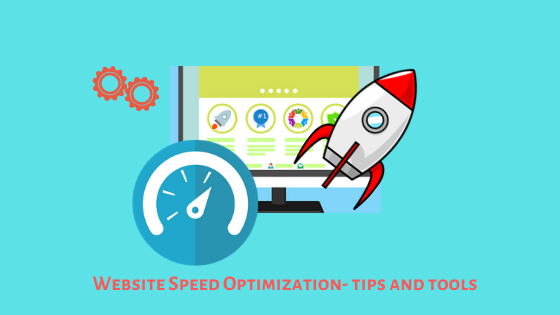In today’s fast-paced digital world, website speed is a crucial factor in determining the success of a website. One of the key elements that can significantly impact the loading time of a website is image optimization. By following some simple image optimization tips, you can improve your website’s performance, user experience, and search engine rankings.
1. Choose the Right File Format
One of the first steps in optimizing your images for the web is to choose the right file format. JPEG is the most commonly used format for photographs and images with lots of colors. On the other hand, PNG is ideal for images with fewer colors or with transparency. For graphics and logos, consider using SVG format for the best quality and smallest file size.
2. Compress Your Images
Compressing your images is essential for reducing their file size without compromising quality. There are various tools available online like TinyPNG, ImageOptim, and Compressor.io that can help you compress your images without losing quality. Aim for a balance between image quality and file size to ensure fast loading times on your website.
3. Resize Images for Web Display
When uploading images to your website, make sure to resize them to the appropriate dimensions for web display. Avoid using large images and relying on CSS to scale them down as this can slow down your website. Use image editing tools like Photoshop, GIMP, or even online tools like Canva to resize your images before uploading them to your website.
4. Utilize Lazy Loading
Lazy loading is a technique that defers the loading of images until they are in the viewport of the user. This can significantly improve page load times, especially for websites with lots of images. Implement lazy loading using JavaScript libraries like LazyLoad or by utilizing plugins like WP Rocket for WordPress websites.
5. Optimize Alt Text and Descriptions
Alt text is crucial for SEO and accessibility purposes as it provides a description of the image for visually impaired users and search engines. Make sure to optimize your alt text with relevant keywords and descriptions to improve your website’s search engine rankings. Provide descriptive captions and image descriptions to enhance user experience and engagement.
6. Utilize Image CDNs
Content Delivery Networks (CDNs) can help speed up the delivery of your images by serving them from multiple server locations around the world. By utilizing a CDN for your images, you can reduce latency and improve loading times for users globally. Popular CDN services like Cloudflare, AWS CloudFront, and StackPath offer image optimization features to help improve website performance.
7. Monitor Image Performance
Lastly, it’s essential to monitor the performance of your images regularly to identify any bottlenecks or issues that may be affecting your website’s speed. Utilize tools like Google PageSpeed Insights, GTmetrix, or Webpagetest to analyze your website’s performance and receive recommendations for optimizing your images further.
By following these image optimization tips, you can improve your website’s loading times, user experience, and search engine rankings. Remember that every second counts when it comes to website speed, so optimizing your images is a crucial step in ensuring a fast and efficient website for your users.
